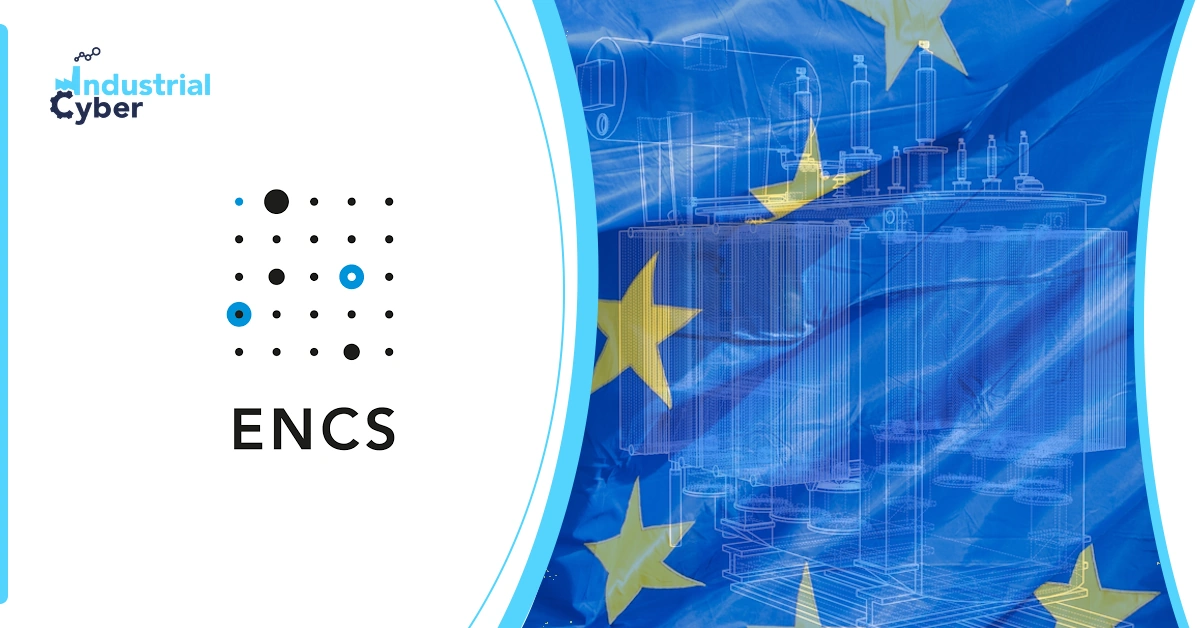Introduction In today’s digital world, Internet of Things (IoT) security and compliance continues to evolve. The European Union’s Cyber Resilience Act (CRA) is reshaping how IoT manufacturers, developers, and service providers approach their work. Let’s explore what this means for AWS IoT customers and manufacturers using connected devices. Understanding the CRA’s impact The CRA was enacted on […]
The European Solar Manufacturing Council (ESMC) welcomes the EU’s Economic Security Doctrine highlighting cybersecurity risks from Chinese solar inverters, calls for independent European supply chains, and launches a new Inverter, Storage, and EMS Forum to promote resilient, secure, and competitive solar technologies.
Sick and Fraunhofer AISEC have developed the open-source tool QuBA-libre for risk assessment of digital products to comply with the EU Cyber Resilience Act.
The CRA is a signal for us all to come together to strengthen the security posture of open source. But it also invites us to collaborate in new ways.
The software industry has seen more than its fair share of disruption in the last few years. Concerns about cyber security have led to a wave of new leg...
Earlier this month, Capgemini announced it had been selected by the European Commission’s Directorate‑General for Digital Services, alongside Airbus Protect, PwC and NVISO, to deliver multi‑million Euro cybersecurity services over four years to 71 EU institutions, bodies and agencies under the MC17 FREIA Cyber Framework Contract. This wide‑ranging mandate deepens Capgemini’s role in supporting EU cyber resilience and digital sovereignty, spanning incident response, governance, risk...
This week we highlight the award received for the cybercrime prevention cooperation led by Traficom, as well as new guidance on applying for EU funding, the final Cyber sector in transition webinar of the year, the current status of the EU’s Cyber Resilience Act and the Be vigilant on the web! public event. In this week’s malware review, we take a look at Waledac.
On November 19, 2025, the European Commission officially adopted a proposal for the Digital Omnibus package. Specifically, the Digital Omnibus package consists of two legislative proposals, a Digital Omnibus on AI and […]
The European Commission has selected a consortium comprising Capgemini, Airbus Protect, PwC, and Nviso as its partner for securing the cyber frontiers of 71 European institutions, bodies and agencies
A consortium comprising Airbus Protect, PwC, Nviso and Capgemini has won a major contract from the European Commission to strengthen the cyber security of 71 EU institutions and support the implementation of new EU regulations.
New EU directives and the Cyber Resilience Act are tightening the requirements for IT security in logistics.
Press contact:Antara NandyTel: +91 9674515119E-mail: antara.nandy@capgemini.com European Commission selects Capgemini for its EU cybersecurity framework contract Paris, December 8, 2025 –...
Press contact:Antara NandyTel: +91 9674515119E-mail: antara.nandy@capgemini.com European Commission selects Capgemini for its EU cybersecurity framework contract Paris, December 8, 2025 – Capgemini today announced that it has been selected by the European Commission’s Directorate-General for Digital Services (DIGIT) to provide comprehensive cybersecurity services to public institutions across the European Union, as part of a consortium with Airbus Protect, PwC, and NVISO. The MC17 FREIA Cyber Fr
Regulators warn that non-compliance may lead to fines, recalls and EU market bans.
What manufacturers need to know to comply with upcoming security regulations.
Secure CRA compliance with Wibu-Systems CodeMeter. Protect software integrity, enable secure access, and simplify licensing for embedded and industrial systems.
Participants drafting guidance on the interplay between the EU AI Act and the Cyber Resilience Act have outlined initial questions on scope, overlapping security duties, definitions, conformity assessments, and reporting obligations. This early list signals legal gray areas that the guidelines must clarify, including products subject to both laws, and how to address overlapping legal requirements and conformity assessment procedures.
The European Union's recent amendment to the Cyber Resilience Act has sent ripples through the tech world. How will the act redefine open-source software?
Shona Lester, head of the Cyber Security and Resilience Bill team, outlined some of the provisions that should be included in the future law
On 19 November, the European Commission published its proposals for the EU Digital Omnibus. This is an ambitious legislative initiative undertaken through two separate instruments which aims to simplify and modernise the EU's digital regulatory framework by introducing reforms to a suite of existing regulations, including the General Data Protection Regulation (“GDPR”), NIS2 Directive (“NIS2”), the Data Act and the AI Act.
Slovenia’s ELES joins ENCS to strengthen Europe’s defences against surging cyber threats to the power grid.
HONG KONG, Nov. 26, 2025 /PRNewswire/ -- SGS Highlights Cybersecurity Capabilities With World's First EU RED-NB Certification and Cybersecurity Mark
The EU’s Cyber Resilience Act is reshaping global software security expectations, especially for SaaS, where shared responsibility, lifecycle security and strong identity protections are essential as attackers increasingly “log in” instead of breaking in.
In a strategic move reflecting the European Union’s escalating ambitions in cybersecurity oversight, the European Union Agency for Cybersecurity (ENISA) has assumed a pivotal new status: it is now a “Root” in the global CVE Program. The announcement signals an expansion of the agency’s role from one


:quality(90)/p7i.vogel.de/wcms/2d/a4/2da458e1a34bd9ed15c09ae8a146ab99/0128407207v1.jpeg)







:quality(90)/p7i.vogel.de/wcms/56/a0/56a0b540c47f6131d98539ff0648dcee/0128235887v1.jpeg)












